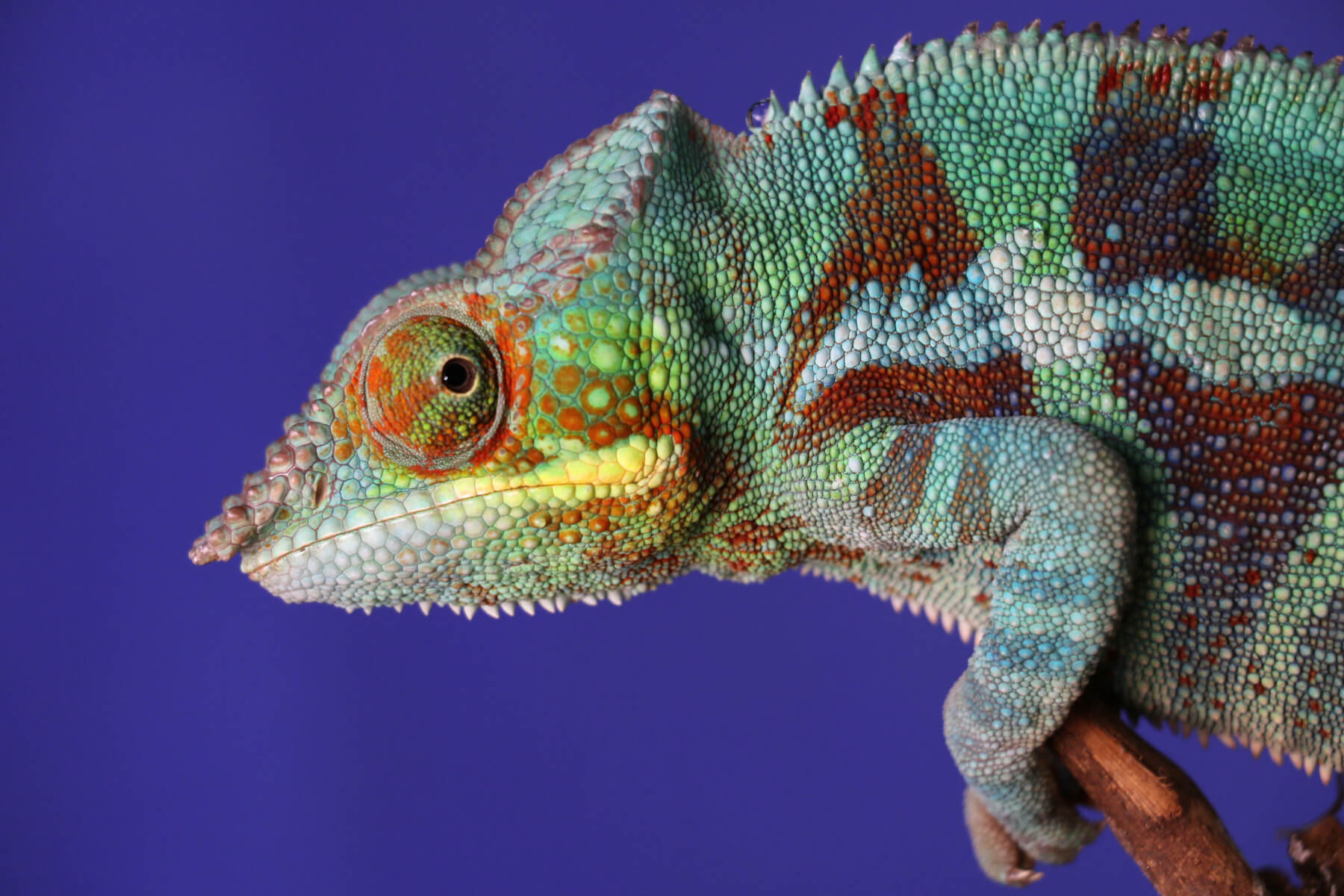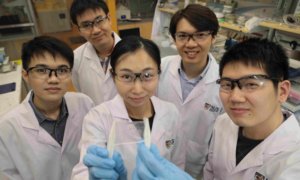Researchers at the University of Cambridge have developed an artificial skin that changes color much in the same manner the skin of a chameleon does. Just that the changes in the artificial skin occur when it’s exposed to light.
Chameleons change their color in nature because their skin cells that have contractile fibers – these fibers are responsible for moving pigments this way or the other. When they spread out, they show color but when they bundle together, the skin cells become clear.
However, unlike a chameleon’s skin, this artificial one is made out of small gold particles coated in a polymer shell which have been squeezed into microdroplets of water in oil. When these particles are exposed to either heat or light, the change color. They were created on the same principle as the chameleon skin cells but they change their color thanks to nano-mechanisms, which are powered by light.
When the skin is heated at over 32 C, the polymer coatings get rid of all their water and they collapse, which, in turn, has a domino effect over the nanoparticles, which gather together in a tightly-knit group, creating a dark blue color. When the temperature cools down, the polymer coatings take up water and expand, causing the nanoparticles to spread around and turn red instead.
“Loading the nanoparticles into the microdroplets allows us to control the shape and size of the clusters, giving us dramatic color changes,” Dr Andrew Salmon, first co-author of the study on the artificial skin, has said.
For now, the artificial skin can only shift to one color but, if these nanoparticle materials could eventually be used in extra layers, more color changes could be achieved.
“This work is a big advance in using nanoscale technology to do biomimicry,” study co-author Sean Cormier said. “We’re now working to replicate this on roll-to-roll films so that we can make metres of colour changing sheets. Using structured light we also plan to use the light-triggered swimming to ‘herd’ droplets. It will be really exciting to see what collective behaviours are generated.”
Follow TechTheLead on Google News to get the news first.























